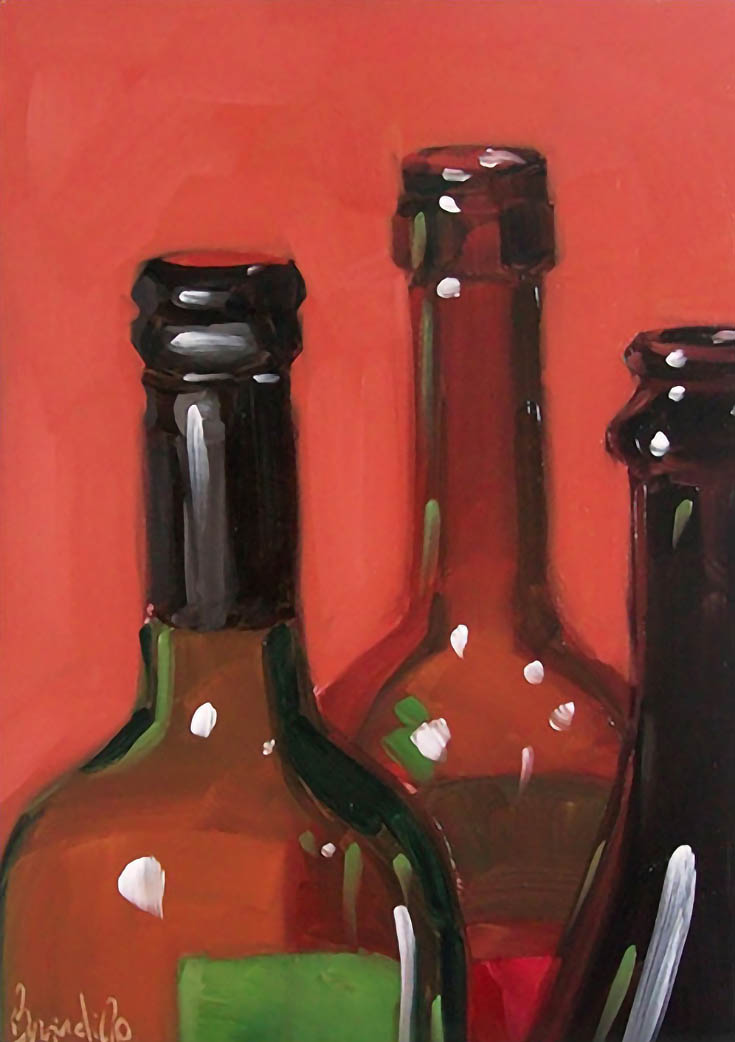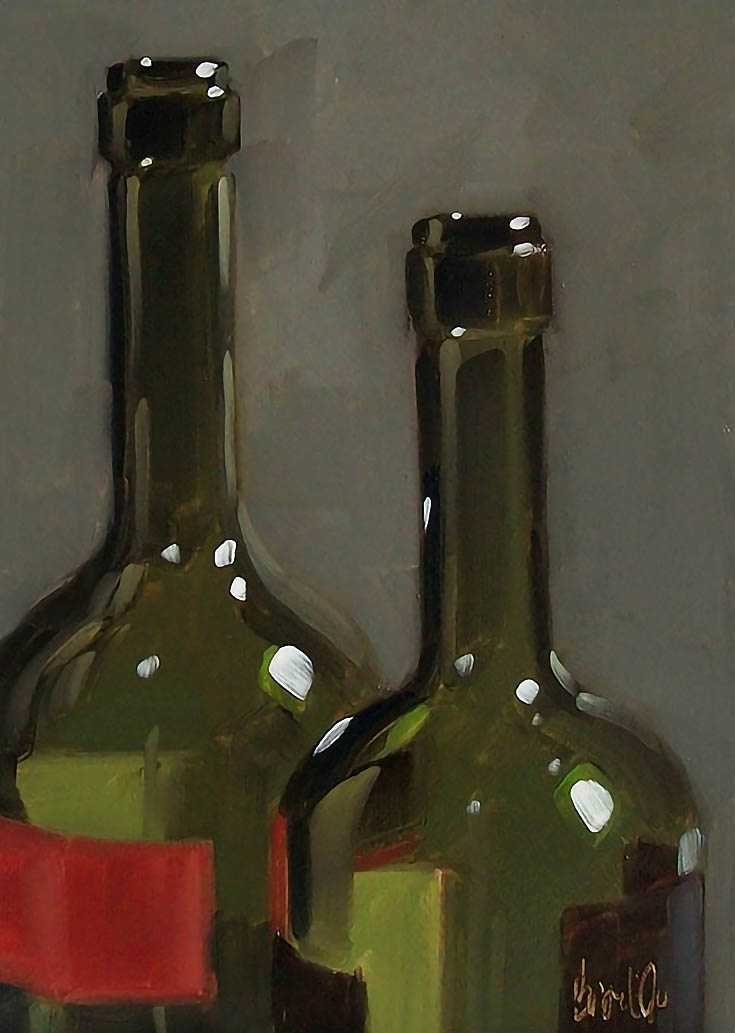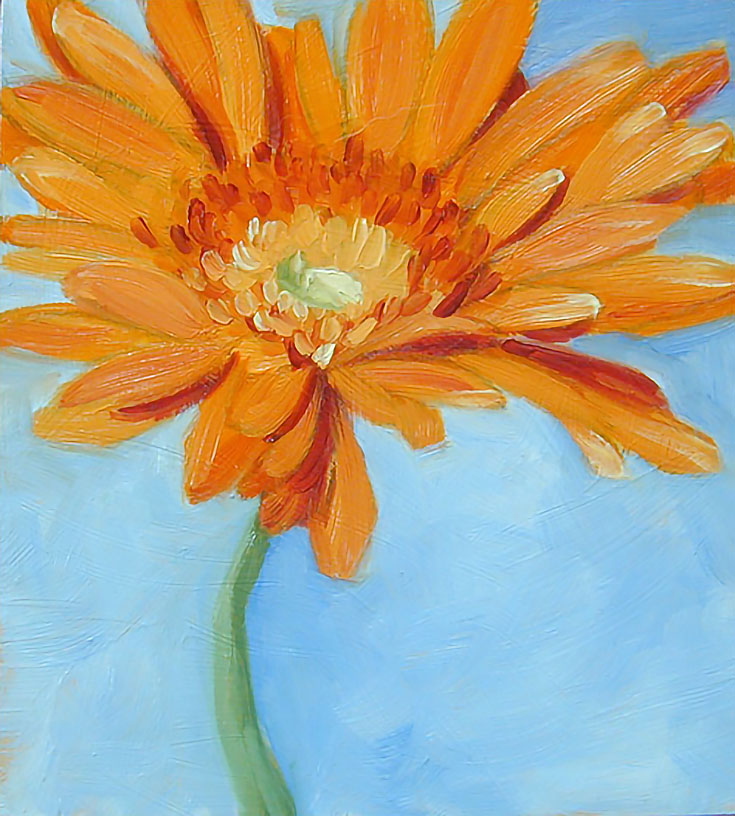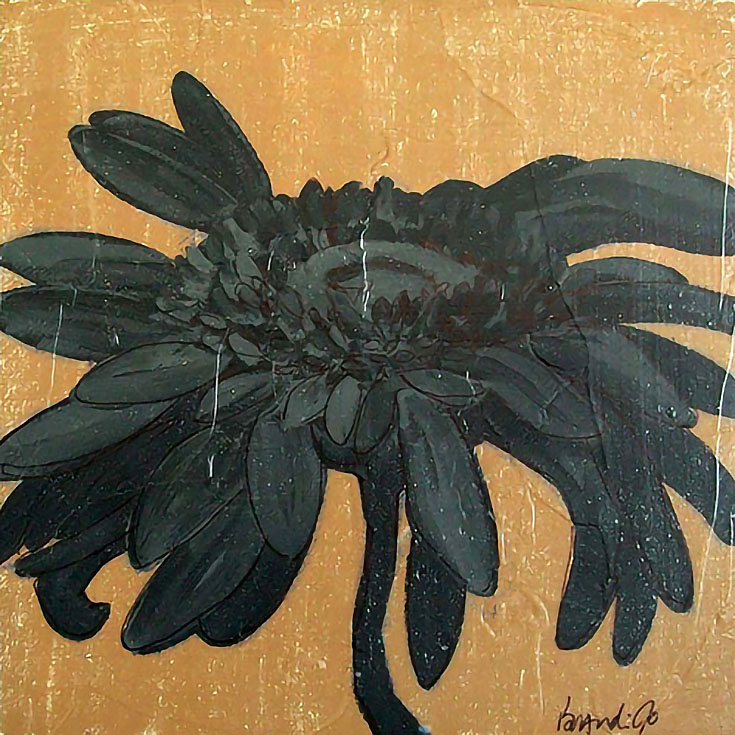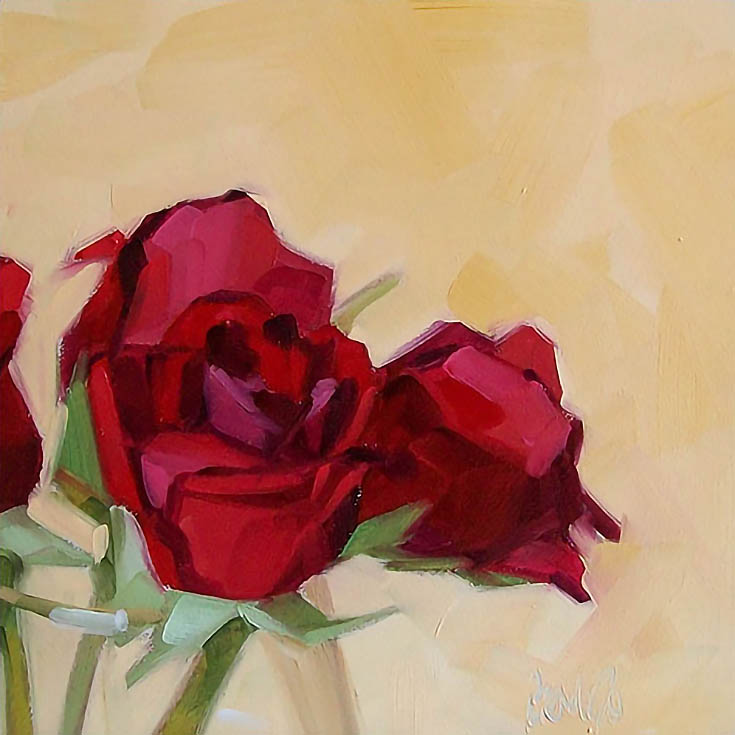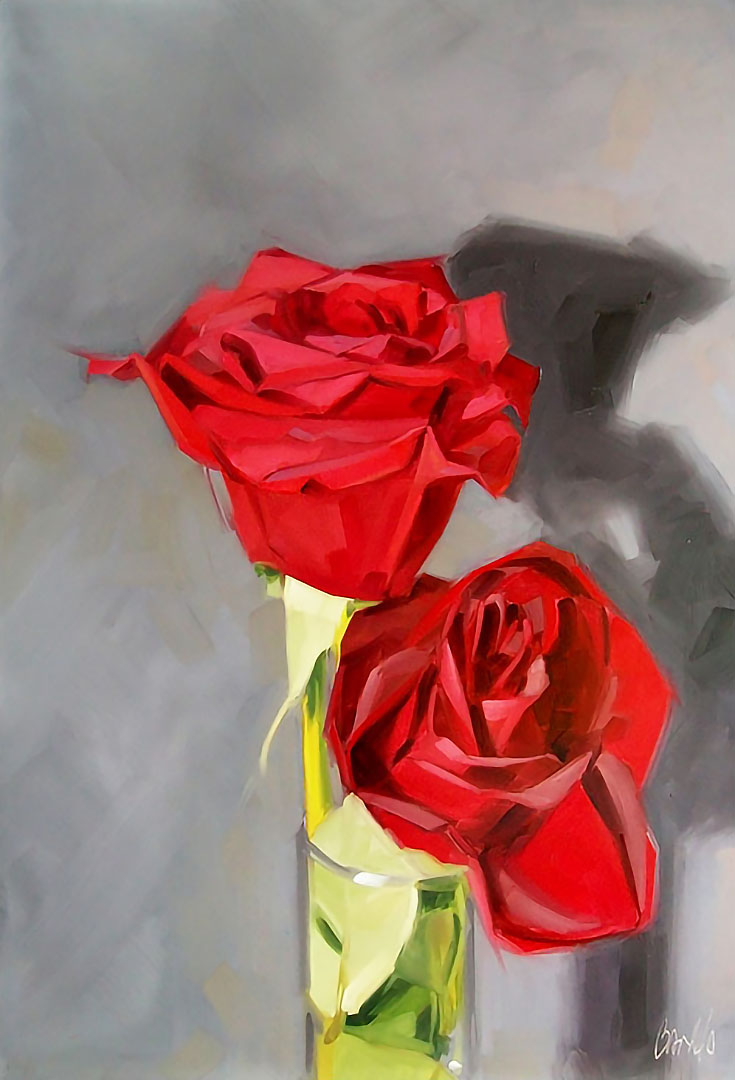Color used to be my enemy. I would fight it and found it to be intimidating and overwhelming at times. But when I finally started to experiment and play with color, I found a whole new way to express myself through my work.
You see, in painting, certain colors can grab your attention, create a focal point, fade away into shadow, or portray a mood or feeling. All colors are associated with an emotion. In my culture, red is love, white is pure, yellow is happy. . . you get the idea.
Just by using these colors intentionally, you can create those same emotions in your paintings. Today I’ll be focusing on still lifes, but it really doesn’t matter what you’re painting. ANY artist can use color to create or change a mood, in ANY painting.
Here’s how:
1. Boost your background with color
Let’s start with the simplest option first. Hands down, the easiest way to change the feeling of a painting is by changing your background color.
Take a look at these next three wine bottle paintings. . . their subject matter is quite similar, with a selection of bottles up close (looking more like snapshots of people than inanimate objects) but the background color is what ultimately tells the story.
The orange background above feels warm and inviting, almost like a party or night out with friends, sort of social and happy. Compare that to the gray background below. It feels almost somber, and very still, like a serious business meeting.
Then here’s a teal background which feels both trendy and sophisticated, sort of fashionable and fun.
That’s a wide range of feeling from three simple, different background colors! And here’s the good news. . . for most paintings, the background color is extremely easy to change. If you don’t like your original color, just wipe it out or paint over it with another more pleasing color.
Better yet, set up your composition and start by doing several very small studies, each one with a different color combination. The right one will jump out at you, and save you tons of time.
2. Try an unusual color for your subject matter
The color of your subject can really make a statement. Your subject, for the most part, is your focal point and usually there are many color options to choose from. You can always change from red to green apples, or red wine to white wine, but. . . why stop there? Arbitrary color can be a lot MORE fun.
Arbitrary colors are any colors that are selected and applied without reference to those found in reality. In other words—use a completely different or unnatural color to shake things up a bit!
These gerbera daisy paintings are a good example. The orange daisy is a natural, bright color that makes you feel sunny and happy.
But, switch the daisy to a dark almost black color and that feeling changes from happy to moody in a split second:
Using such an unnatural color for the daisy drastically transforms the way the viewer feels about the painting. This is a fun, inventive way to play with color, and it certainly makes a statement!
3. Always set the mood with lighting
Lighting is important and can really set the scene for a painting. To light a still life you can use natural light from a window, a spotlight and even candlelight, all of which create a different feeling in the finished piece. Even the intensity level of light will alter the feeling of a painting.
A simple still life of red roses, for example, bathed in soft light, feels velvety, romantic, and loving.
Add a more intense, direct light that casts a shadow and the flowers look like they are in a spotlight. . . somewhat fragile and vulnerable, in fact.
Use a dimmer light that casts more shadow and there’s a sense of sadness, and hopelessness. The options are endless. . . and fascinating to explore.
Of course, these are just three ways that color can be used to create intensity and and feeling in your paintings. Feel free to use these tips or see what you can come up with for yourself. . . the more you paint, the better you’ll be able to match color to mood, and create masterpieces of your own.
Happy painting!
This post may contain affiliate links.
